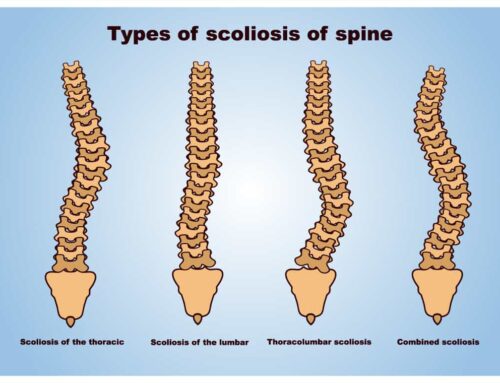Pelvic floor dysfunction is one of those “P” words that are not spoken out freely by us women. Yes I get it, it’s embarassing but hey this is a real condition! So we really need to start looking after ourselves and talk about it. Do you know that according to Physiopedia , about 41-50% of women over 40 are affected by pelvic organ prolapse. But alarmingly only 17% of those seek medical help! Although this is also common is males, I am specifically addressing women after the birth of their child.

So what exactly is pelvic floor and symptoms of pelvic floor dysfunction
Pelvic floor is basically a group of muscles that support the bladder, bowel and the womb in the human body. These muscles pretty much form a sling from the front of the pelvis to the tailbone. In addition to controlling movements of the bladder and bowel, these muscles are tremendously important during child birth. However, due to the enormous work they have to do during child birth , they can weaken. This is termed as pelvic floor dysfunction. As a result it can lead to leakage, pain in the pelvic area, urinary frequency, inability to empty the bladder or sometimes even a prolapse. So prevention rather than cure is extremely important here.
1. Have you heard of kegel’s exercises to prevent pelvic floor dysfunction?
As easy way to explain this is to just pretend to stop urination. As simple as that. Now think of going up a lift and gently squeeze your pelvic muscles in a bit more each time. Hold the contraction for at least 5 seconds and let go slowly. There you go! But you must remember that repetition is the key. It’s important to do these exercises at least 3-4 times a day or pretty much whenever you remember.
2. Core strengthening exercises are crucial in preventing pelvic floor dysfunction
Easier said than done huh? I am sure you have heard enough yarn about keeping healthy during pregnancy. But practicing it is another ball game all togther. So how about trying simple things like pilates or aqua aerobics? These form of low intensity exercise focus on building up your core muscles in preparation for birth. They will keep you moving without impacting your joints.
3. Don’t be in a hurry to get back to exercising after child birth

Yes, you heard me right. So many times we hear that women , perhaps because of social pressures, go back to exercising too quickly after child birth. They don’t give the muscles enough time to heal. As a result, the muscles weaken leading to pelvic floor dysfunction. Hence, it’s very important to progress slowly. Always wait until your 6 week check up with your Obstetrician to clear you for exercising.
4. Having a c-section does not mean you cannot suffer pelvic floor dysfunction
This is expecially true for emergency caesarians after prolonged labour. Because the pelvic floor muscles were still stressed during labour, even if the delivery was not vaginal, the muscles need time to recover. It can still lead to pelvic floor dysfunction if you push to get back to normal activity level immediately. A planned c section will of course have a different recovery time but nonetheless , the advice remains the same.
5. See a Physio post delivery to get advice about pelvic floor dysfunction
Private hospitals may be better at this than public I think. I cannot stress enough the importance of seeing a physio after the birth og your child. Whether they are available in the hospital or not. This is to ensure a step-by-step exercise program to get you back to your normal activity levels. They specifically focus on pelvic floor and core strengthening exercises to prevent pelvic floor dysfuction after delivery.





